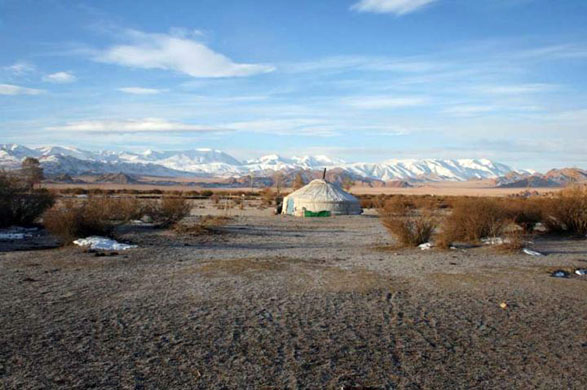
There is a rather lengthy, and interesting article over at The Guardian today that examines the impact of adventure travel on the environments that we visit.
The story first takes a look at the growing trend of “adventure tourism” that has many travelers jetting off to distant places to visit increasingly remote locations and taking part in unique experiences that weren’t always available to us in the past. Today’s world traveler is willing to pay handsomely to add some adventure to their life, and they don’t mind giving up some usual comforts to reach the ends of the Earth.
But the other side of that coin is the impact that this new tourism has on those remote places that we visit. Many of the areas are ecologically sensitive or are simply ill equipped to handle an influx of tourists, and yet tourism is big business for any country, and most are willing to share their natural wonders for the right price. The article asks us, as travelers to stop and think about our impact on those places before we trample our way through them.
Many countries who are seeing an emerging economy in the adventure tourism trade have begun to take strides toward sustainable tourism that sees their resources well protected, but others are struggling with the balance of the new influx of money, and the downside that it can bring. For instance, the Inca Trail has become quite a tourist destination in recent years, but it’s had a negative impact on the environment in which the trail runs. Just this past year, the Peruvian government has instituted restrictions on the number of hikers on the trail on any given day, and has begun to clean up the trash that has permeated the Trail in recent years. I believe this is a trend that you’ll continue to see in many places around the world.
As someone who loves to travel, I do think carefully about where I’m going to tread. I’m the perfect example of the adventure traveler who has a life time of places yet to be seen and a desire to go to some of the more remote places on Earth. But with global climate change an increasingly important issue, it’s evident that we need to go light in our travels, respect the destinations, and leave them in the same, or better, condition from which we found them.
Lets not even get into the impact of those 20+ flights we have to take to reach our ultimate destination…
- Gear Review: The Xero Scrambler Mid is an Ultralight Hiking Shoe for Spring - March 1, 2023
- Gear Review: Yeti Roadie 48 Wheeled Cooler - August 18, 2022
- Kristin Harila Continues Pursuit of 8000-Meter Speed Record - August 16, 2022
Almost everyone, in North America anyway, has some kind of interesting wild places much nearer to home.
Native people spent a lifetime getting to know the terrain, the plants, the animals, and the seasons of relatively small areas.
I advocate spending the quality time to develop a deeper connection with your nearby wild places, rather than a shallow relationship with many diverse and exotic places.
I read about this. The problem I have with the above person’s comment is that there are no reefs where I live, no deserts, no great mountains… IT is only natural that we try to seek these out.
While I do understand that there are plenty of places close to home that offer amazing natural wonders to explore with all kinds of adventures to challenge us with, part of the reason I like to travel is to experience the unique nature of another culture. You miss that when You stay close home.